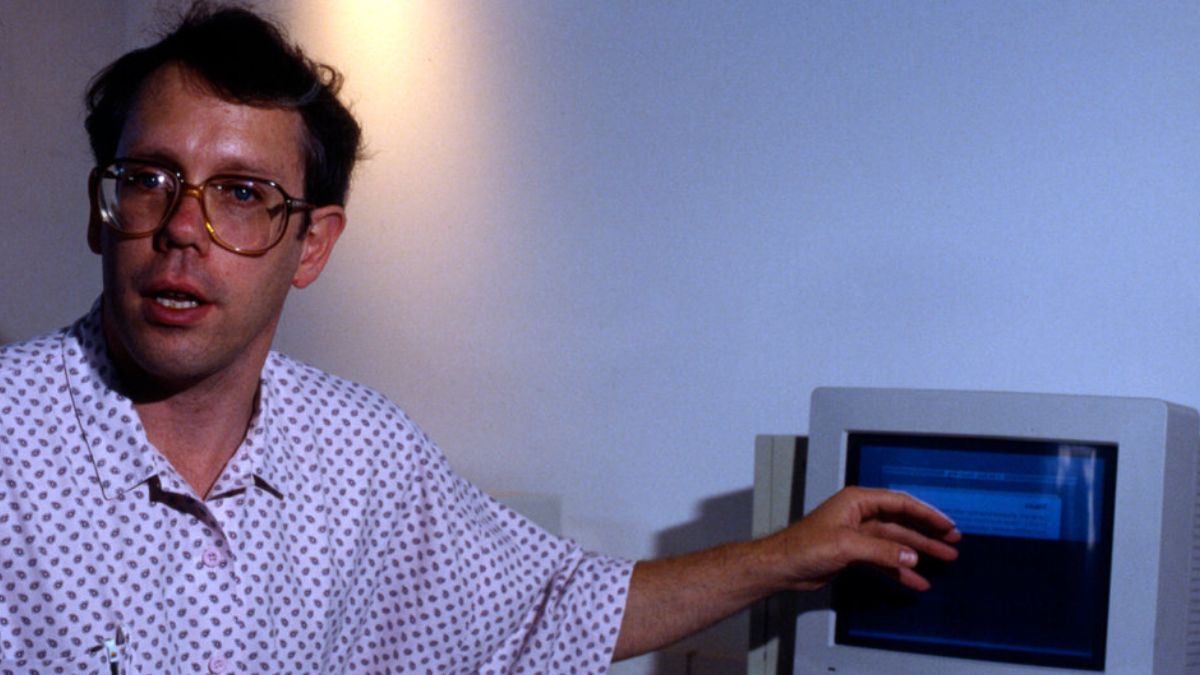Bill Atkinson, a pioneering software designer at Apple Computer, who made personal computers easier to use by creating graphical user interface (GUI) tools such as QuickDraw, pull-down menus, and popularizing the double-click gesture, has passed away at 74. He died of pancreatic cancer on June 5, 2025, at his home in Portola Valley, California. His innovations helped lay the foundation for user-friendly computing as we know it today.
Why in News?
Bill Atkinson, a foundational figure in Apple’s early computing era, passed away on June 5, 2025. He created QuickDraw, the graphics engine behind Apple Lisa and Macintosh. His contributions revolutionized graphical user interfaces and shaped modern computing. His death marks the loss of one of the last surviving architects of the original Macintosh design team.
Bill Atkinson’s Key Contributions
QuickDraw: A software library that allowed for the fast and efficient display of shapes, text, and images.
Graphical User Interface (GUI)
- Enabled the creation of a simulated desktop environment.
- Introduced icons, folders, and visual navigation to the average user.
Invented/Popularized
- Pull-down menus
- Double-click gesture (popularized, originally from Xerox PARC)
The Apple Lisa and Macintosh Revolution
Apple Lisa (1983)
- First commercial computer to use a GUI.
- Featured QuickDraw but failed commercially due to its high price ($10,000).
Macintosh (1984)
- Built on Lisa’s foundation but priced for consumers.
- Used QuickDraw to present a more approachable interface.
- Atkinson’s software bridged the gap between complex programming and intuitive user experience.
Influence from Xerox PARC
- Apple engineers, including Atkinson and Steve Jobs, were shown the Xerox Dynabook prototype in 1979.
- Though they couldn’t see the source code, they reimagined and reinvented the GUI, leading to original Apple innovations.
- These innovations now serve as a global standard in both Mac and Windows environments.
Legacy and Impact
- Atkinson’s vision helped establish computing as accessible to non-technical users.
His work influenced,
- Education
- Office productivity tools
- Mobile computing
- Set the template for modern design in iOS, Android, and desktop environments.
- His innovations continue to shape how billions interact with devices today.



 Khaleda Zia, Bangladesh’s First Woman Pr...
Khaleda Zia, Bangladesh’s First Woman Pr...
 Former England Cricketer Hugh Morris Pas...
Former England Cricketer Hugh Morris Pas...
 India Loses a Literary Giant: Vinod Kuma...
India Loses a Literary Giant: Vinod Kuma...







